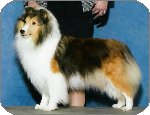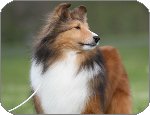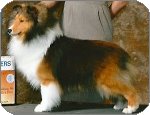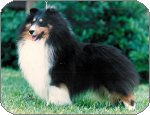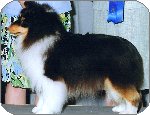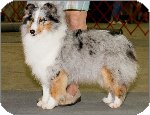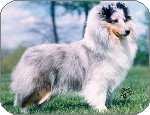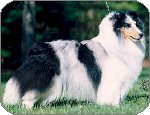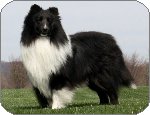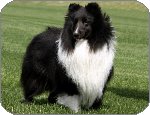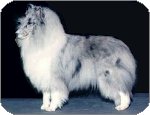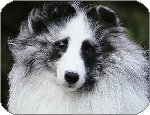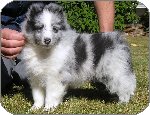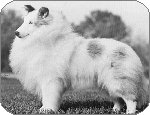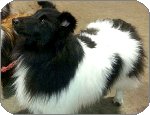About The Shetland Sheepdog
The Shetland Sheepdog, commonly
called a Sheltie, is a medium-smaller dog from the Shetland Isles off the
north coast of Scotland. Their history may have included herding or all around
farm work. Today, Shelties are more often found competing in Agility, Obedience,
Rally and Conformation. Shelties are not Collies in miniature, but are a
different breed entirely. They are dynamic and can make wonderful companions.
The Sheltie Standard calls for heights between 13" - 16" at the shoulder
with some dogs being smaller or larger than ideal. They have a double coat
that consists of a soft undercoat and a harsher, weather resistant outer
coat that requires regular grooming to manage shedding. Shelties come in
several colors: Sable (brown), Tri Color (black, white and tan), Blue Merle
(merle, white and tan), Bi-Black (black and white), and Bi-Blue (merle and
white). For more about Sheltie colors, scroll down or click
here.
Shelties love to be with people and need human interaction. They are devoted
to their families but often reserved toward strangers. Shelties can be vocal
if not taught to curb their natural instinct to bark. Proper exercise and
socialization will keep your Sheltie busy and out of trouble. Carefully chosen,
the Sheltie can fit into any lifestyle or family situation, but this is not
a breed for people who want a dog they can leave in the back yard without
supervision. Once a Sheltie trusts you, you have a friend for life. |
![]()
![]()

![]()



